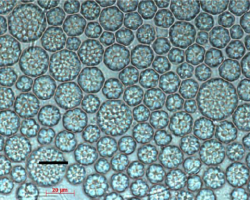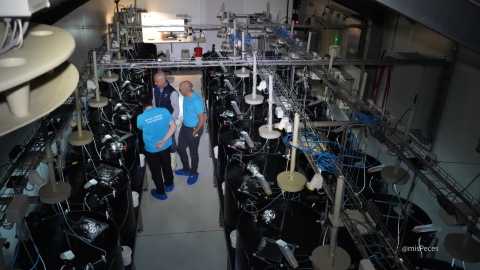
Establishing the time frame for a novel ingredient to reach the market and be incorporated into a commercial aquafeed is a complex process. The full cycle, from the initial research specifically focused on the aquaculture sector to commercial launch, can take anywhere from five to ten years. However, this period may vary depending on the complexity of the ingredient, technical challenges, trial outcomes, and regulatory framework.
A notable example is omega-3 oil derived from the microalga Schizochytrium, which was identified as a promising ingredient over 20 years ago when the first academic and corporate research began. These studies highlighted the oil’s beneficial properties for human consumption, particularly its high docosahexaenoic acid (DHA) content. Years later, as the aquaculture industry sought sustainable alternatives to fish oil, this ingredient gained attention as an essential component in the nutrition of many marine fish species.
The product development extended over several years, during which extraction methods were continuously refined to maximise the oil’s purity and effectiveness. This process included advancements in biotechnology and fermentation techniques to increase production and reduce costs, which were crucial for its commercial viability.
The inclusion of this oil in the first commercial feeds dates back to the early 2010s by pioneering companies like DSM. However, it was not until 2024 that the volume of Schizochytrium oil reached 5,000 tonnes, driven by technological development and a crisis in the supply of traditional fish oil due to reduced production in countries such as Peru, one of the world’s leading suppliers of fishmeal and fish oil.
According to a report by WiseGuyReports, the market for omega-3 DHA microalgal oil is expected to grow at a compound annual growth rate of 8%.
It is important to note, therefore, that ingredients currently being tested in feeds will require at least a decade of research and technological development before they can ben included in commercial aquaculture feed.





